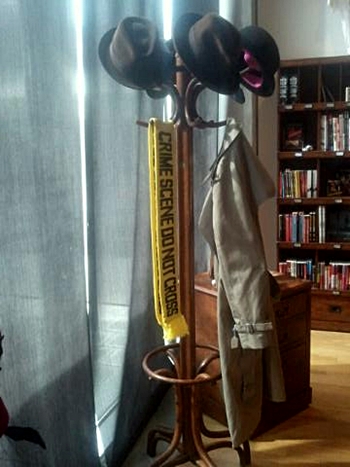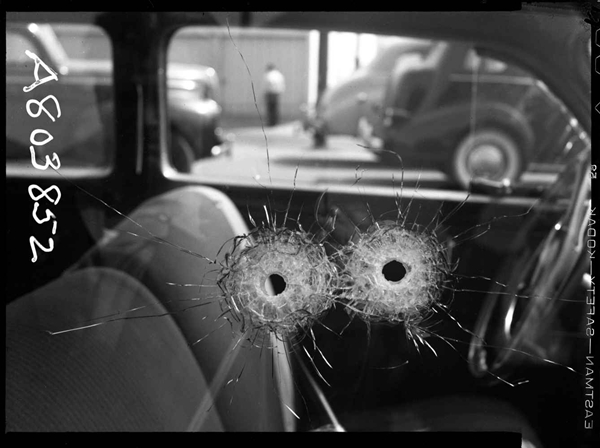 When a movie isn’t blockbuster fodder, getting it made is all about timing. Just ask the people behind “The Danish Girl,” a film set in 1920s Copenhagen, based on the true story of a married man who realizes he wants, more than anything else, to become a woman.
When a movie isn’t blockbuster fodder, getting it made is all about timing. Just ask the people behind “The Danish Girl,” a film set in 1920s Copenhagen, based on the true story of a married man who realizes he wants, more than anything else, to become a woman.
“The Danish Girl” stars last year’s Best Actor Oscar winner Eddie Redmayne as Einar/Lili and Alicia Vikander as his supportive wife, Gerda. As painters, Einar and Gerda were members of the avant-garde in a society with stiflingly strict views on manhood and marriage.
The movie was adapted from the novel of the same name, which was published in 2000, by Pasadena-native David Ebershoff; it was the first of his four books. During the film’s long journey to the screen, financial commitment waxed and waned. In the end, “The Danish Girl” had an estimated budget, according to imdb.com, of about $25,000,000.
The unconventional subject matter made some people skittish, said producer Anne Harrison at a press event Friday at Il Cielo in Beverly Hills. “There was always something that went wrong.”
Harrison, who joined the project in 2005, said she was drawn to the material because it’s a powerful love story and a unique portrait of a relationship that faces an unexpected test. Those elements of love and challenge, she believes, appeal to a wide audience. And the movie will hit screens (it opens this weekend) at a time when transgender stories are in the pop-culture spotlight.
“We had to wait until the time came to us,” Harrison said, referring to shows such as “Transparent,” “Orange is the New Black” and the media hullabaloo earlier this year over Caitlyn (formerly Bruce) Jenner’s public revelation that she lives as a woman. “That completely changed the landscape. In the end, we landed in such a great moment in the culture.”
They also landed a great cast. Vikander delivers a moving performance as the loyal Gerda and Redmayne is remarkable in this transformative role. Over the years it took to get the film made, Charlize Theron, Rachel Weisz and Gwyneth Paltrow were said to be considering the Gerda role. Another idea on the table was for Nicole Kidman to play Einar/Lili.
Harrison said the project solidified once director Tom Hooper was on board. Hooper is best known for 2010’s “The King’s Speech,” which won four Oscars, including best director, and for “Les Misérables,” from 2012, which starred Redmayne. Hooper and Redmayne read the script as they were making “Les Misérables.”
Hooper said he thought “The Danish Girl” was the best screenplay he’d ever read. “It’s a relationship going through profound change.”
Said Redmayne: “I found it extraordinarily passionate and deeply felt.”
The film’s lengthy gestation also gave Redmayne ample time to prepare. His natural physicality along with input from movement choreographer Alex Reynolds were helpful in capturing Lili, said Hooper. “A lot of film actors get lazy below the neck.”
Screenwriter Lucinda Coxon became acquainted with the novel and its historical sources when her daughter was a kindergartner. Coxon said her daughter, now evaluating universities, recently saw the film at a screening and was asked what she thought. She commented sagely: “It was a long time coming.”












![Dark-crimes-film-noir-thrillers-volume-2-dvd_360[1]](http://www.filmnoirblonde.com/wp-content/uploads/2014/11/Dark-crimes-film-noir-thrillers-volume-2-dvd_3601.jpg)
![The-Art-of-Noir-The-Posters-and-Graphics-from-the-Classic-Era-of-Film-Noir-by-Eddie-Muller[1]](http://www.filmnoirblonde.com/wp-content/uploads/2014/11/The-Art-of-Noir-The-Posters-and-Graphics-from-the-Classic-Era-of-Film-Noir-by-Eddie-Muller1.png)


















From FNB readers